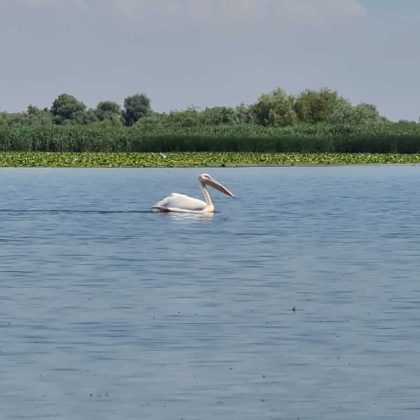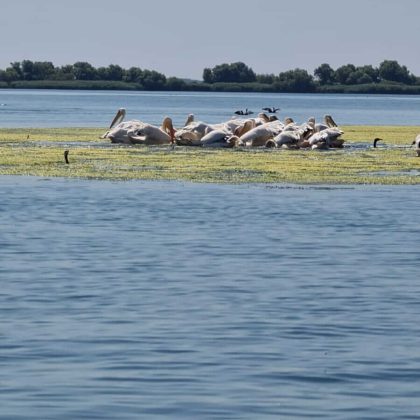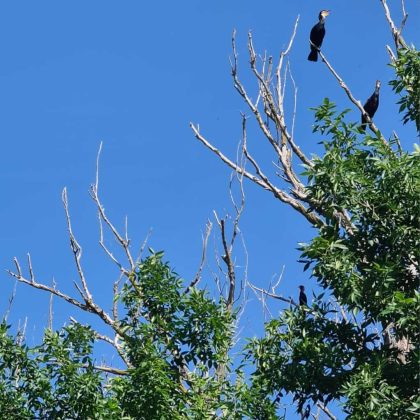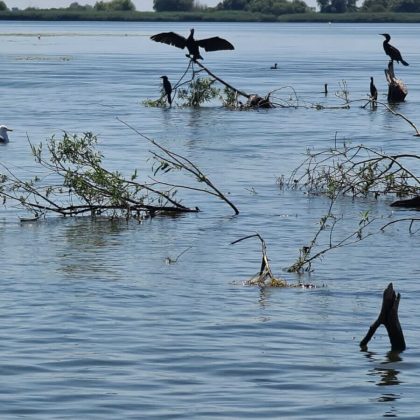UNESCO Heritage 🪷
Exploring the Wonders of the Danube Delta
The Danube Delta, a UNESCO World Heritage site, is a mesmerizing tapestry of waterways, wetlands, and wildlife. Nestled in Eastern Europe where the mighty Danube River meets the Black Sea, this unique delta is a haven for biodiversity and a paradise for nature enthusiasts. Spanning over 4,152 square kilometers, the Danube Delta is home to an astonishing variety of flora and fauna, including over 300 bird species and numerous rare fish and plant species.
The Danube Delta is the only delta in the world declared entirely as a Biosphere Reserve, included on UNESCO’s World Cultural and Natural Heritage List.Sulina, the only town in the Danube Delta, has both a port on the Danube and one on the Black Sea and is located at the lowest altitude in Romania. It’s also the sunniest place in the country.The territory of the Danube Delta grows by approximately 40 square meters each year. 82% of the Danube Delta is located within Romania, the rest being in Ukraine.The Danube Delta is a museum of biodiversity, home to over 1,830 species of trees and plants, 2,440 species of insects, 91 species of mollusks, 11 species of reptiles, 10 species of amphibians, 320 species of birds, and 44 species of mammals, many of which are unique species and natural monuments.
The only sand forests in the country, Letea and Caraorman, are found in the delta, where vines grow up to 25 meters long. In Caraorman Forest, at a spot called “Hunters’ Well,” is the oldest oak tree in the country, around 400 years old, with a diameter of 3.8 meters, known as the Kneeling Oak.Two carnivorous plants grow in the delta: the water hemlock and Aldrovanda.
The Danube Delta is the largest wetland reserve in Europe, covering an area of 2,681 square kilometers.It has the largest potential for medicinal plants, with approximately 195 species.The “bad snake”, the most aggressive species in the delta, is the longest snake in Europe, reaching up to 2 meters, and is a protected species across the continent. The giant nocturnal butterfly “peacock eye” has a wingspan of 18 cm and is a striking presence in the delta.
The smallest bird in Romania, the common firecrest or “ox-eye,” lives in the delta, measuring only 10 cm and weighing 13 grams.The Danube Delta is the most important stopover point for migratory birds traveling between the tropical and arctic regions, with five of the most significant migration routes passing through here. The largest predators in the delta are the Dalmatian Pelican, with a wingspan of up to 3.2 meters, and the White-Tailed Eagle, with a wingspan of up to 2.5 meters.
Whether you’re a passionate birdwatcher, an avid fisherman, or simply seeking tranquility amidst nature’s splendor, the Danube Delta offers an unforgettable escape into one of Europe’s last true wildernesses. Join us as we delve into the beauty, history, and ecological significance of this extraordinary landscape.






